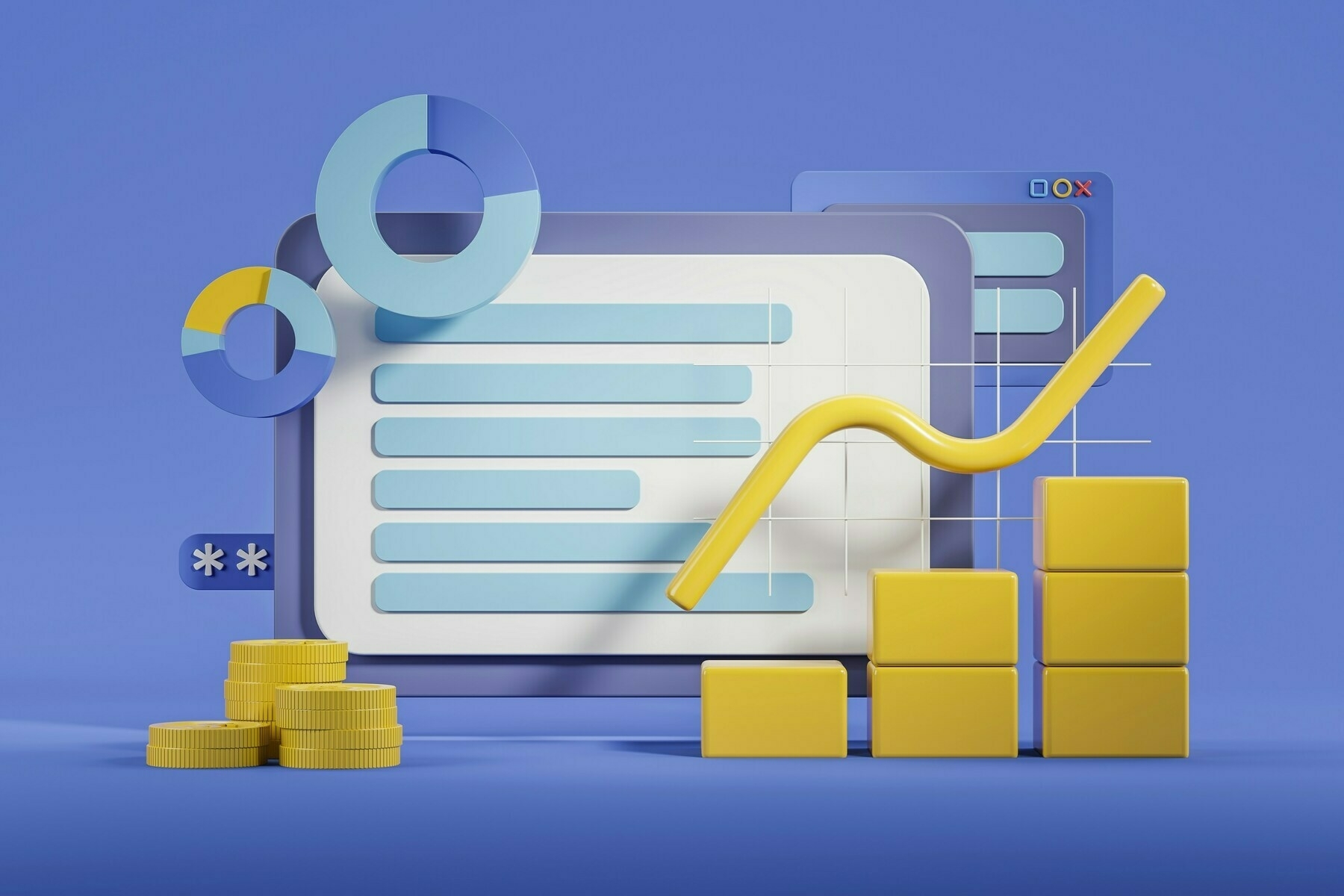
Last year a colleague sent me a photo he took during a presentation. The presenter had a slide with a stacked column chart with 24 columns of data that filled the whole slide. The legend was too small to read. Overlaying the central part of column chart was a white box with a pie chart in it. There was an arrow pointing to one of the columns because, I infer, this pie chart was showing in a circle the same analysis of composition as the column.
I hope you don’t need me to tell you that this is not the best way to present financial data.
Dos
-
Simplify the data. I keep talking about the need for writers to cut out unnecessary words. The same is true for data. Do you really need to include 25 lines in a P&L table or will a summary of 4 or 5 lines be enough? Do you need 20 years of historical comparative data?
-
Write a headline rather than a title. It is tempting to write a factual title for a table or graph. Something along the lines of sales revenue by division for year to date. Factually correct but not very helpful to the audience. Instead of that, think like a newspaper editor and try to write the headline of the story that goes with the chart or table. Something like sales revenue is 5% under budget or division X has the fastest growth in revenue.
-
Use animations to tell the story of your data. Revealing a slide with a table or chart on it will cause your audience to try to work out what it means. Whilst they are doing that they are not listening to you. The better way is to use animations to build up the slide in the order that allows you to explain your message. You might start with just the axes of the chart or the headings in a table so that the audience knows what the data is about. Then you might reveal the data piece by piece, or all at once, however is best for you to tell the story. You might, for example, want to reveal the historical data and talk about trends or averages before revealing the latest data. This would make it easier for the audience to understand how the latest data relates to historical data.
Don’ts
- Have more than one chart or table on a slide. The audience won’t know where to look. There’s no cost or penalty for adding an extra slide to your deck and letting each chart or table have its own moment in the spotlight.
- Use 3d effects. They look terrible and they make it harder for the audience to interpret your chart.
- Create tables with more than 6 rows or columns. To fit more table cells onto a slide the text has to get smaller and it becomes difficult to read. If text is not easy to read it might as well not be on the slide. If you are presenting something where there really has to be lots of data in a table then put the table in a handout that the audience has in hand and when you get to that part of the presentation you talk them through the data in the table. To encourage them to focus on the handout you can temporarily blank your slideshow using the B or W key.